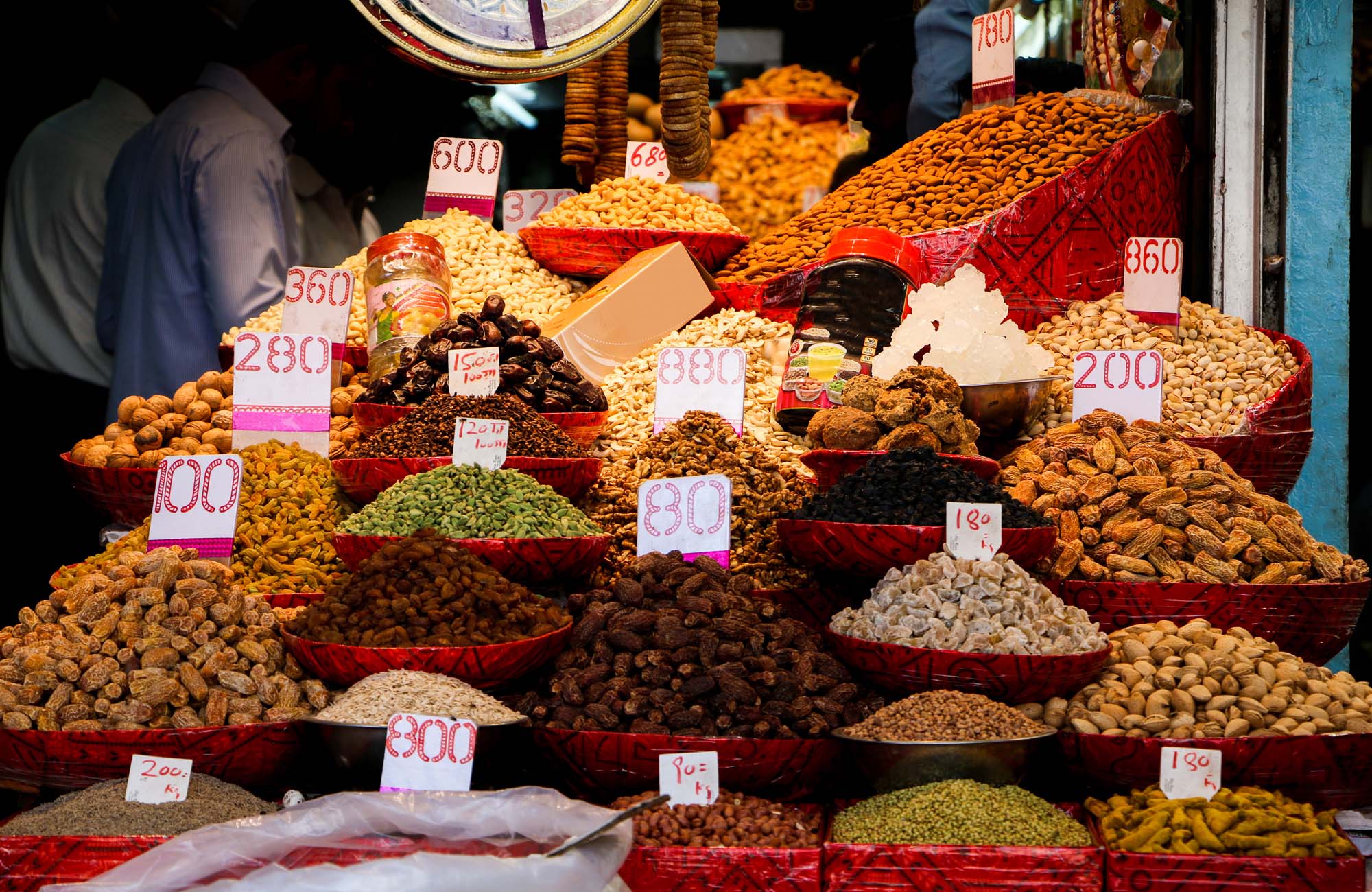Ever seen a tarantula and thought "let's throw this on the grill"? No? really?
No doubt that trying the local food is a big part of traveling. So many new taste experiences! Maybe you'll come across one of these the next time you're traveling? Which will hopefully be soon - fingers crossed!
1. Tuna fish eyeballs
Tuna is a popular fish in Japan. So popular that even the eyeballs are put to use and sold cheap in the fish markets. These can be cooked, seasoned with a little garlic or soy sauce and lemon; then you have yourself a little tasty snack! The taste is supposed to be similar to octopus...

2. Deep-fried tarantula, Cambodia
Want to get over your fear of spiders? How about eating them for lunch? Tarantulas were first introduced as food under the communist regime in the country in the 70s, when people were starving and had nothing else to eat. This became more and more popular, and today you will be served deep fried tarantulas all over Cambodia. It is said that they taste a bit like crab.

3. Soup made from ant eggs, Laos
In Laos you can order a soup called Gaeng Kai Mot Daeng. You will then be served soup made from ants, ant eggs and an embryo. It should be quite sour, but tasteful, and taste a bit like shrimp. Hungry yet?

4. Moose nose in jelly, Canada
Can I tempt you with a little moose nose? In Canada they discovered that if you cook moose nose with some onions and herbs, remove the hair and then cook it again can you can apparently get some kind of dish?

5. Larvae eaten cheese, Italy
Mmm, larvae cheese! In Italy they have a cheese called Casu marzu, also known as "rotten cheese". It is the Italian cheese Pecorino, made from sheep's milk, that is used. And it has to be moldy. Very moldy! If that wasn't enough, they then leave the cheese in a dark room for months so that flies can lay eggs and larvae can dig around the cheese and leave feces. That's how it gets its sharp taste! It's not exactly a cheese that is easy to come by, as the EU has banned it because of the health hazards of eating it.

6. Century eggs, China
Hard boiled or soft boiled? In China, eggs are covered in clay, ash and salt and lie for several months to get the right taste. After a while, the yolk turns completely green and the smell is... well, interesting.

7. Corn smut, Mexico
From ancient times, Mexicans have enjoyed a type of fungus that causes corn to grow tumor-like white and black growths. They call it huitlacoche, and it's said to have a sweet, smoky flavor. This fungus grows in warm countries like Mexico, and might be seen as a crop injury in most other countries. A plus, though, is that it contains some great vitamins!

8. Fermented, dried shark, Iceland
Okay, the first thing you need is a shark. Wrap it up, put it in a pit and cover it with sand and rocks. Leave it for 2-3 months, before slicing it up and allowing it to dry for several more months. In Iceland they call this delicacy "hakarl". This is because the shark meat is toxic and can give you the same effect as drinking alcohol unless the poison is removed first.

9. Tentacles, South Korea
Sannakji is made by cutting a squid into several parts and serving it raw. The method is widely debated, but it is still a fairly common South Korean dish. The squid is served while it is still somewhat alive, and if you do not chew properly, the cups on the tentacles may get stuck in your throat and suffocate you to death. This is the cause of death of about six Koreans a year.

10. Guinea pig, Peru
It may sound strange to eat guinea pigs, but in Peru this has been common for over 5000 years! They call it cuy, and serve it either roasted or fried. The taste is similar to chicken or duck meat and is actually one of the healthiest meat dishes you can eat.



